South Africa
Soweto in 1976, a large collection of African townships located in southwestern Johannesburg in South Africa, solely inhabited by black Africans.
That habitation dynamic (solely by black Africans) may have changed today, but the events of 4 decades ago (1976) in Soweto were crucial to the socio-political fabric of the “Rainbow Nation,” a nation that till date suffers racial undercurrents.
South Africa’s political system is best known with the topic of apartheid. A class system that drew a clear line between the ‘whites’ and ‘blacks’ in all aspects of the word. At the level of employment, political involvement, social services and education.
Yet, it took the latter, to ring the changes that had long been sought but always resulted in naught. It took a group of secondary school students to light the spark that set South Africa on the path of ‘freedom.’ A path that many past overtures had failed to pave.
Long before the students of Soweto took to the streets to protest and the unfortunate events that followed, their parents through labour agitations had failed to get any ‘hearing’ from the apartheid government and the politically active had fled because of persecution.
Did you know? 2016 marks the 40th anniversary of the 1976 #June16 Soweto uprisings. #40thAnniversary pic.twitter.com/hBAj0jEcaH
— South African Gov (@GovernmentZA) June 13, 2016
An uprising sparked by education
The spark of the Soweto protests were ignited in an education policy. The policy that Afrikaans should be regarded as equally important as English in teaching in schools across the country, back in 1974.
Afrikaans, closely related to Dutch and Flemish was largely seen as the lingua of the ‘oppressor’ and it being foistered on students by the then government would bring out the festering and simmering anger and discontent bottled up over the years by politically conscious students.
Between 3,000 – 10,000 students organized by the Action Group of the South African Students Organization (SASO) with support from the Black Consiousness Movement (BCM) gathered for what was to be a peaceful march culminating in a rally at the Orlando Stadium. That was not to be.
The firing of tear gas and live ammunition by security forces on unarmed students would be the perfect kick-starter of a revolt that would mature into an uprising.
EFF #TBT Tsietsi Mashinini leader of the 1976 Soweto Uprising – https://t.co/6iX6vAOvaq pic.twitter.com/p7cOEF2KTT
— EFF Official Account (@EFFSouthAfrica) June 9, 2016
The Media’s Role
There may not have been social media at the time but the newspapers and other media who sent reporters/journalists to cover the events played a key role in portraying the injustices metted out to the young unarmed protesters.
Images of the police firing on peacefully demonstrating students led an international revulsion against South Africa as the long spoken about brutality of the apartheid government was exposed.
The first student to be shot on that fateful day was 15-year old Hastings Ndlovu. Even though the official death toll was reported as 23, other accounts indicate that it was way higher (over 200) because the incident triggered widespread violence throughout South Africa, which claimed more lives.
However, the killing of 12-year-old Hector Pieterson, and in particular the publication of his photograph taken by Sam Nzima, made him an international icon of the uprising. It became the major rallying point of the struggle against apartheid.
In the second part of our series on the Soweto uprising, we look at the Bantu educational policy and pre-apartheid education in South Africa
Shaban Abdur Rahman Alfa
Web journalist, Africanews
Pointe Noire, Congo



![The 1976 Soweto Uprising [1] - The Underlying trigger](https://static.euronews.com/articles/335506/400x225_335506.jpg)

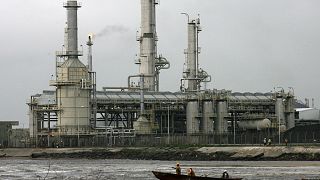
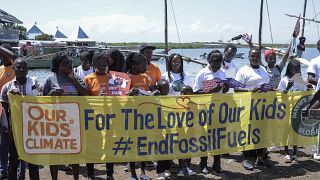
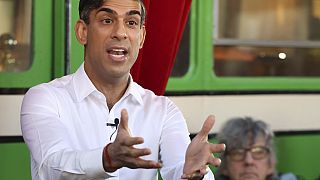
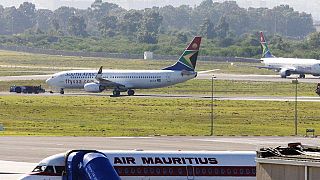
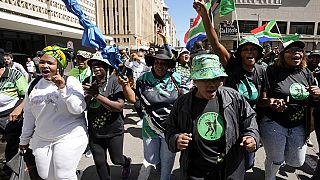
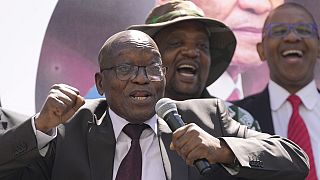
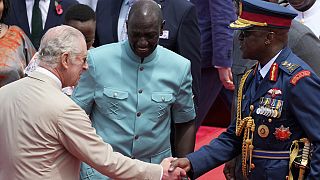
01:12
Rising Palestinian casualties in Gaza
01:08
SA poll body seeks clarification from Constitutional court on Zuma's eligibility
02:08
South Africa: Zuma's prosecution bid against Ramaphosa postponed
01:10
New poll finds support for South Africa's ruling ANC is plunging
00:53
Six arrested in connection with the murder of South African player Luke Fleurs
01:00
South Africa: Former president Jacob Zuma cleared to run in upcoming elections